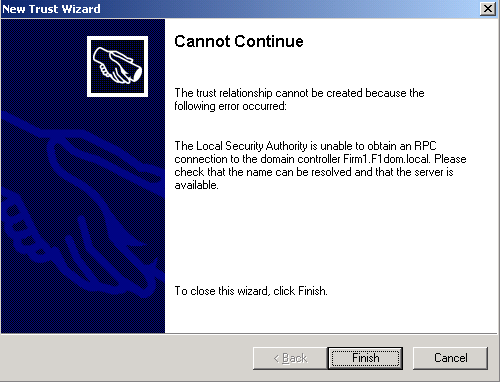It's fairly self explanatory, basically the Custom Install Wizard goes through the same installation prompts, including entering the product key, as you would if you were actually installing Office. At the end you will have a.MST transform file to go with your MSI and a.PRF file that contains the preconfigured profile settings. The PRF is optional (you're prompted on whether or not to create one during the Custom install Wizard), the MST contains the product key you entered and the MST is all you need to accomplish what you're trying to do. I know this works as I'm using it for our 40+ machines at work. When you create the GPO, be sure to select 'Advanced' when you first create it.
Mar 19, 2018 - Hi again friend, I have problem with office 2003, in my company a several user have problem to open every application of office, it ask about. Hi, Can anyone tell me how i can auto enter the product key for office 2003 pro11.msi file, so I can deploy office 2003 in group policy?

That is the only opportunity you have to add the MST to the software package on the Modifications tab in GPMC. Since I've jumbled up my posts a bit; 1. Create MST file using Custom Install Wizard 2. Edit the GPO, choose to create a new Software Installation package using the same MSI you used when running the Custom Install Wizard. Select 'Advanced' and click OK, the package's properties will appear.
On the Modifications tab, click Add and browse for and select the MST you created. Modify any other settings you need to in the properties of this package, or click OK to finish it.
Sorry for all that stuff about the PRF file, you can disregard it as it's entirely optional.
As the name suggests, freeware costs nothing, though some developers request a donation if you like it. The difference is here you can't access the source code, so development is centralised in one location. Shareware is similar, except here the software's only free for a limited period, after which you have to either pay to register it, or lose some of the functionality (or have an annoying reminder message pop up every time you use it). Generally there's less shareware and freeware available as more software goes open source, which is a good thing for people that are easily irritated by 'nag screens' asking you to buy a full version of the product (ie, just about everyone, ever). Free Microsoft Office for students and teachers If you're a student or working in education and have an academic email address that can receive external email, you may be able to get a couple of decent freebies from Microsoft. Free Microsoft Office • What do you get?
The ability to download the entire Office software suite – including Word, Excel, PowerPoint, Outlook, OneNote, Publisher and Access – on up to five PCs or Macs (the last two are on PC-only). • Who can get it? Students and staff at universities, colleges and schools which have licensed Office institution-wide through the Microsoft Volume Licensing programme.
Microsoft says 99.9% of universities, 87% of colleges and a 'large number' of schools in the UK are eligible. • How do I get it? Enter your academic email address on the. You'll be asked to log in through your institution's online portal and if you're eligible, you'll be redirected to a page where you can download the software.
1TB free online storage • What do you get? A whopping 1TB of free online storage through (others now only get 5GB free) and use of collaborative platforms like.
• Who can get it? Again, this is aimed at students and staff with an academic email address, though the university, college or school doesn't have to have licensed Office as above. • How do I get it? Enter your uni, college or school email address on the. You'll be asked to log in through your institution's online portal, then follow the instructions. Crack artcam 2012. How long can I get these for?
You can use the free Microsoft Office and/or the free online storage for as long as you're enrolled at or employed by the academic institution. Microsoft says student eligibility may need to be be reverified at any time. If you graduate or leave, the Office applications enter a 'reduced-functionality' mode (meaning documents can be viewed but you can't edit them or create new ones).